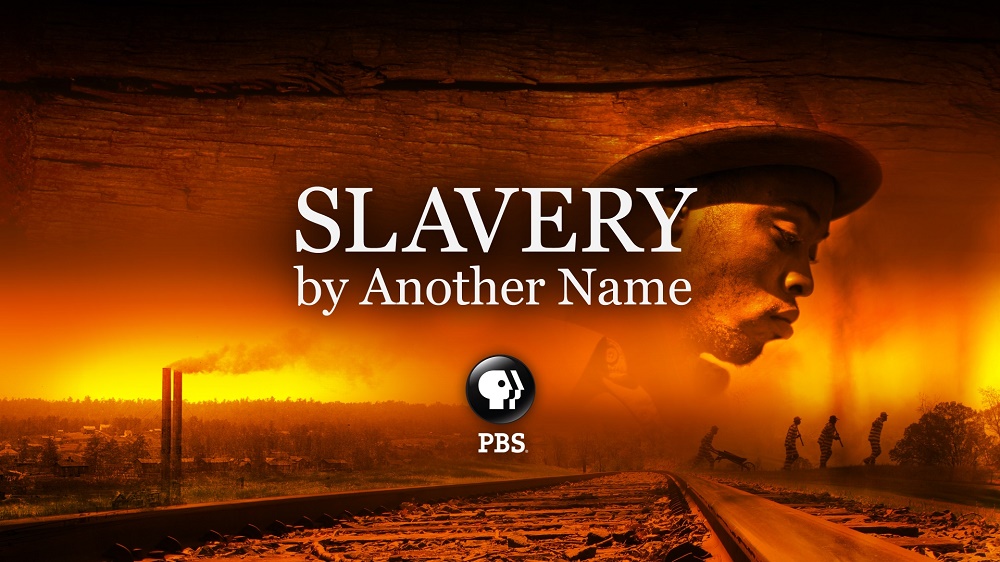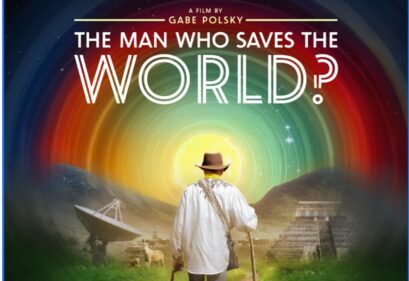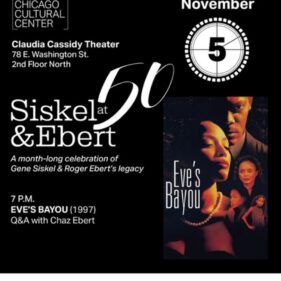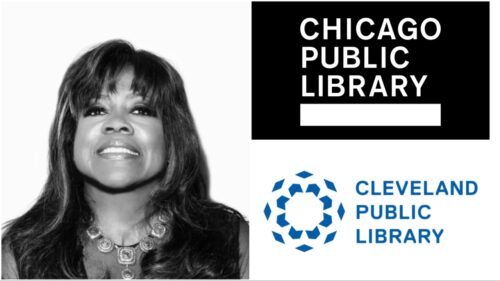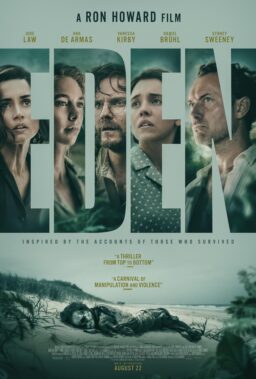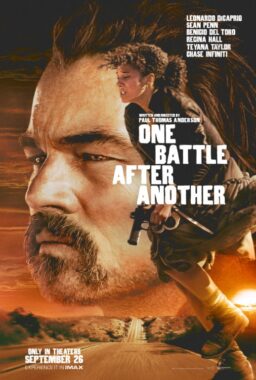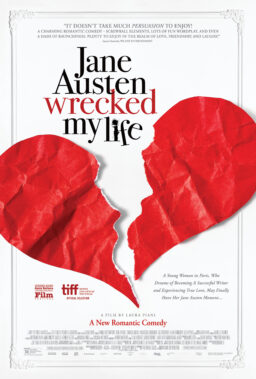The following
review was written by Kinnedy Broughton, a Chicago high school student, as part
of Columbia College Chicago’s Columbia Links journalism program for high school
students. RogerEbert.com has partnered with the Chicago Urban League and
Columbia Links to mentor these students and to give them a platform for their
writing. Read more about the program here.
4 stars
Convict leasing, sharecropping, peonage—these
were some of the many forms of slavery forced upon African-American people
after being freed through Abraham Lincoln’s Emancipation Proclamation. Directed
by Sam Pollard, produced by Catherine Allan and Douglas Blackmon and written by
Sheila Curran-Bernard, “Slavery by Another Name” shines a light on the injustices
occurring after African Americans were freed, specifically in the South.
Four million slaves have been freed by
the 14th Amendment, with no one in charge but themselves. Separated families
were reuniting, spouses were remarrying, all African Americans were hopeful for
the future. The war had devastated the South’s economic system. White
investments, family businesses, agriculture and the system of slavery were
falling apart. The 15th Amendment came along, allowing African Americans to
vote, serve on juries, legally purchase and own guns. This disturbed the white
majority.
The documentary shows that, by 1874,
African Americans began to receive less help from the federal government.
States created silly laws targeted toward African Americans. It could mean a
major prison sentence to speak loudly around white women, to walk along
railroad tracks, or to steal a pig. In reenactments based on John Davis’
writing, Turron Kofi Alleyne plays Davis, a man falsely accused of a crime and
forced into Negro labor. Alleyne temporarily distracts us from the reality that
this is a documentary with his compelling commitment to his character.
Within five years, these laws turn into
federal felonies for black people. Only 10 percent of these convictions were
against white males. That is where convict leasing was born. John T. Milner, known
as “the father of Industrialization,” found that black labor was extremely
profitable. He began forcing convicts to coal mine, where whipping and mental
abuse occurred and where diseases spread because they had to drink dirty water.
Some of them may never have seen daylight again. “This is a white man’s
government,” read a propaganda sign, and they planned to keep it that way.
Scenes display visual evidence of news
headlines, letters, and satirical propaganda to back up statements given by
interviewed professionals. Re-enacted scenes help those who
have difficulty understanding such heavy topics like systematic injustices.
Industrialized slavery came in various
other forms, as this documentary shows. Sharecropping was like an entrance with
no exit. It was not slavery in the beginning, yet essentially became another
form of it. Blacks agreed to help with the crops of white landowners for a
certain period of time, but if they attempted to leave they were arrested.
Peonage, also known as debt slavery,
was a system where white employers made African Americans work for a certain
amount of time until their “debts” were paid off. It was either continue
working or they’d end their lives. People were namelessly murdered and dumped
in fields and lakes.
These legalized forms of slavery kept
millions of African Americans in the South, even if they wanted to leave.
Eventually, African-American workers realized their rights and their freedom
were being undermined by fear and violence.
This documentary reveals more than a
school textbook. It’s a learning experience for people of all ages who
fortunately did not live through the injustices of the 1800s/early 1990s. The
message is clear that during that time African Americans were not free; they
were far from it. The documentary exposes us to how black criminalization was
born, and how prison systems were set up to become a legal form of slavery.
The documentary also highlights the men
and women who were never acknowledged for the work and the pain they suffered.
Ezekiel Archey wrote letters while doing labor in coal mines and exposed
the violent injustices there. John Davis was falsely accused and became a
victim of the illegal act of peonage.
This documentary receives four stars
for the way it was written, displayed and acted out. It gave an immensely
thorough amount of facts and detail, and continuously reeled me in, leaving me
on the edge of my seat throughout. It triggers emotions and inspires people,
specifically African Americans, to work hard with what we have and cherish it—our ancestors shed blood and tears so that we could have the rights and
resources we utilize today.
